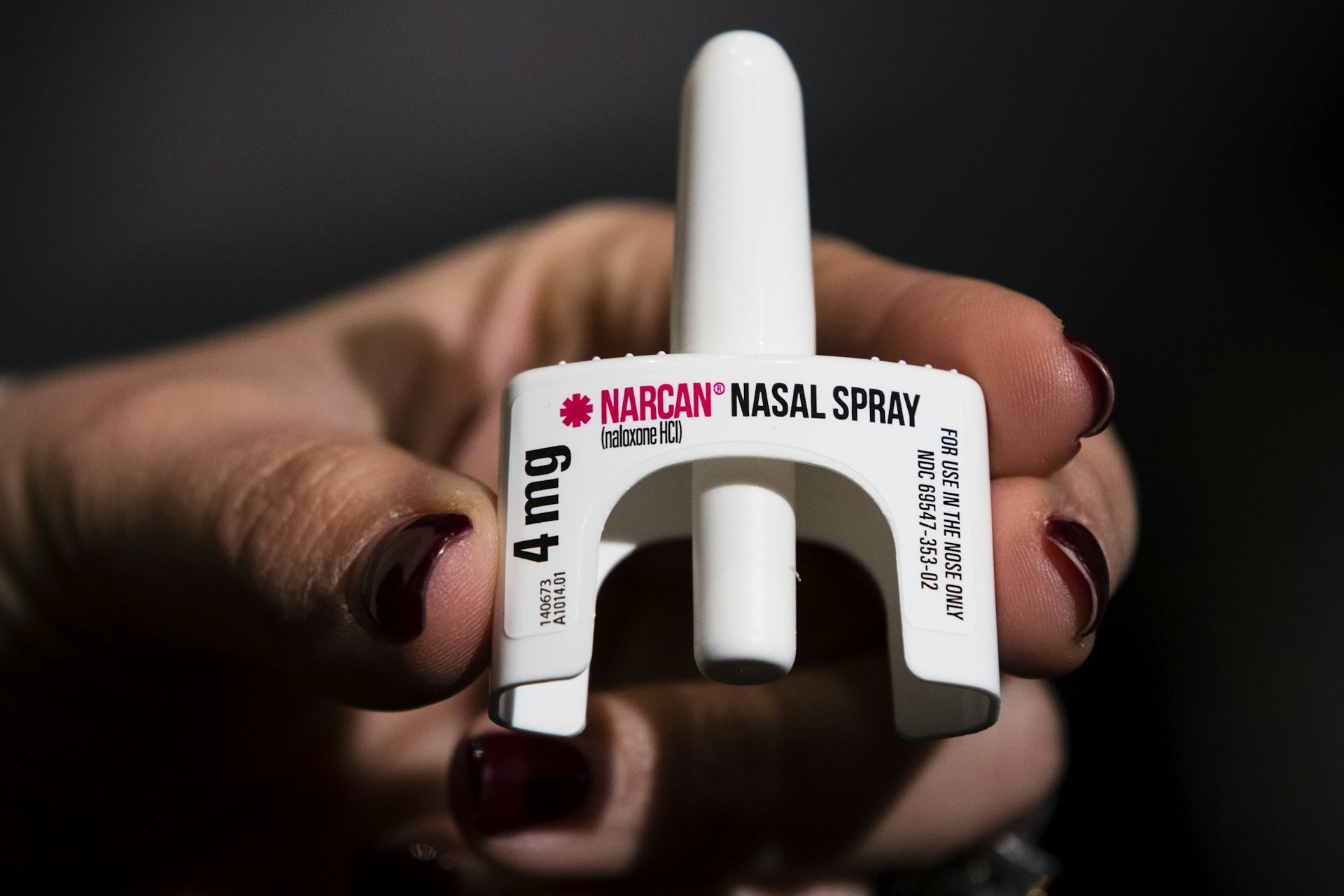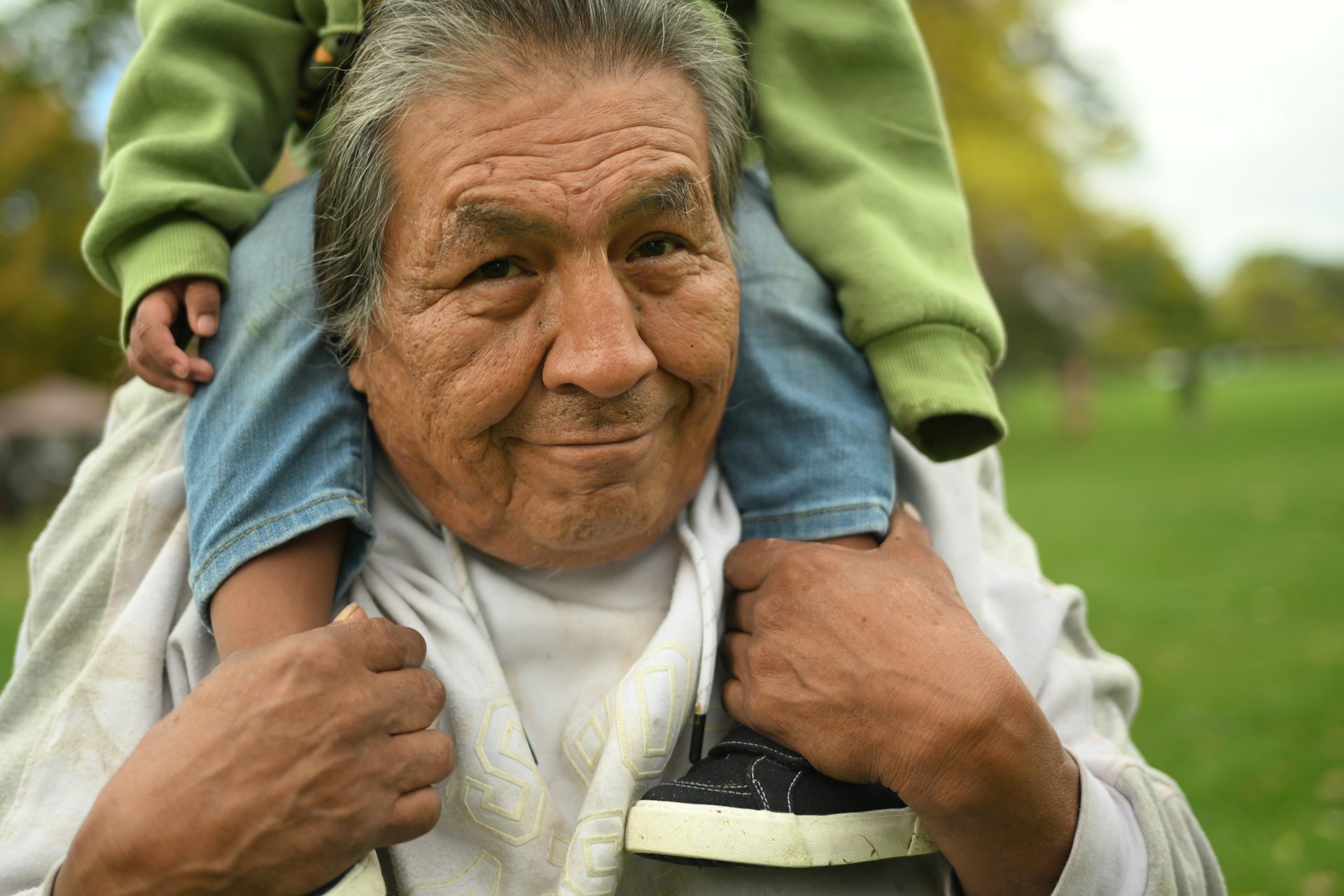Learning your political opponents don’t actually hate you can reduce toxic polarization and antidemo
A new video intervention shows correcting Americans’ exaggerated views of political opponents can defuse tensions, reduce support for antidemocratic practices and promote a healthier democracy.

Americans recently endured another grueling election season, offering plenty of reminders of just how polarized the U.S. has become.
Consider, for example, the fact that President-elect Donald Trump survived two assassination attempts during the 2024 election; numerous judges and public officials have faced rising threats to their safety and lives; ballot boxes were burned in blatant attacks on the democratic process; and Americans have struggled to even spend time together over the holidays with their family members who belong to a different political party than they do.
As scholars of group dynamics, Samantha Moore-Berg and I have been trying to find strategies that could counteract this toxic polarization, which poses a real threat to the health of American democracy. One strategy that our team, which included social psychologists Rebecca Littman and Nour Kteily, explored stood out as especially effective: Correcting people’s usually incorrect assumptions that the “other side” views them with extreme animosity.
In 2021, we made a video based on conversations with over 1,200 Americans from across the political spectrum. The video showed real footage of American partisans learning, in real time, how inaccurate their beliefs about their political opponents were. They were particularly wrong about how they were perceived by those across the political aisle. For example, Americans interviewed learned that they shared much more in common than they thought with their political opponents when it came to people’s views about important policy issues, such as immigration. They also learned that those across the aisle hold less extreme views toward them than they thought.
We collaborated on the project with Beyond Conflict, a nonprofit focused on conflict resolution, and Wayne Price, a filmmaker from Roomtone. By combining scientific insights with the storytelling expertise of seasoned communicators, we created a video that we believe resonated with audiences on a deeply personal level.
Using data from prior studies, we highlighted how Democrats and Republicans dehumanize each other less and disagree less on policy than people typically assume. Our video aimed to challenge these “meta-perceptions” head-on.
After being exposed to this data, one participant explained, “There’s so much more overlap than I think we’ve realized.” Another reflected, “What we see when we turn on the TV and what we read on social media does not depict that.”
Our intervention was assessed by researchers at Stanford studying ways to reduce polarization as part of a megastudy involving surveys with about 32,000 people. It was evaluated along with 24 other strategies intended to reduce antidemocratic attitudes and partisan animosity.
The results were striking. The video was one of three strategies that the study found successfully reduced partisan animosity, antidemocratic attitudes and support for political violence. Watching people from both parties realize they were wrong about how the other side sees them led to more positive views toward political opponents and democracy itself.
At a time when political division is reaching dangerous levels and both experts and many in the public believe American democracy itself is in extreme danger, our research shows that simple corrections to how we view one another, and think others view us, can make a profound difference.
We don’t think that our video is itself a panacea. Big questions remain about whether interventions that correct political meta-misperceptions can have lasting effects, or whether reducing polarization among the American populace is even enough when so many threats to democracy come from elites intent on sowing division. We hope our video inspires more tools to bridge divides and protect democracy.
Michael Pasek does not work for, consult, own shares in or receive funding from any company or organization that would benefit from this article, and has disclosed no relevant affiliations beyond their academic appointment.
Read These Next
A year on, the Israeli-Lebanese ceasefire looks increasingly fragile − could a return to cyclical vi
Since the start of the truce on Nov. 27, 2024, there have been thousands of Israeli violations inside…
Absence of evidence is not evidence of absence – and that affects what scientific journals choose to
Researchers design studies that might disprove what’s called their null hypothesis – the opposite…
How does Narcan work? Mapping how it reverses opioid overdose can provide a molecular blueprint for
Naloxone can reverse an overdose in minutes, but exactly how it does this at the molecular level has…






